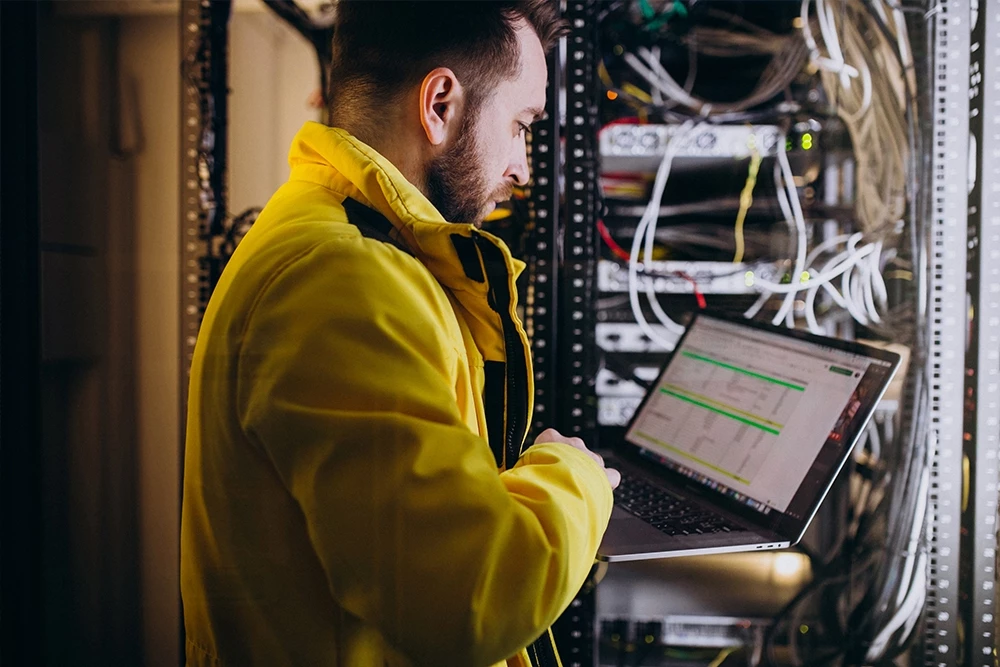
With millions of interconnected devices, enabling smoother and effective operations in industries, business environments, OEM operations, cities, roads, parking spaces, and now even our homes, several aspects need to considered to make IoT a real hit and bring the value home. Of these, the aspect that demands the most emphasis is data analytics on big data. As per research by Gartner, “25 billion connected “things” will be connected to the Internet by 2020.” The real relevance and benefit of this huge number of connected things is the data that they enable us to obtain.
For many IoT applications, the velocity, variety, and volume of data is huge, and in the Terabytes range. While some sense can be made of such data with relatively simple dashboards, end-user visualizations and threshold monitors, the real value of the data is not yet realized. This is where Data Analytics and Machine Learning in the Internet of Things comes into the picture. Through Data Analytics and Machine Learning, raw or unprocessed data is converted into meaningful forms that can be deciphered into important operational behaviours, and with the help of trends and patterns identification analytics, helps operators and end-users recognize essential device and system-wide insights. Based on these insights, data-driven informed decisions, automation, and dramatic optimizations can be made.
On the other hand, with Internet of things moving forward as this rate, several challenges have sprung up for the users. To start with, the most significant threats to the IoT comes from the substantial strain put on the global system of data exchange that the IoT relies upon. As per the Global Risks Report of 2018, “The menace of cyber-attacks and the danger to all interconnected enterprises if the IoT is compromised as a result of internal weaknesses.”
Another problem associated with IoT is the risks to consumer privacy. The University of Glasgow conducted a study which concluded that consumers are unsatisfied and concerned with the lack of privacy protection that IoT currently provides. Rightly, users have begun taking their privacy more seriously and also expect ultimate control over personal data to remain with themselves. To deal with such issues, the table-stakes for IoT solutions have been raised such that only solutions that are proven to provide end-user personal data and end-to-end privacy can be widely deployed.
The Method83 IoT platform is one solution that effectively addresses and resolves such issues and hindrances for broad IoT deployment and value creation. An IoT cloud solution powered by machine learning, deep data analytics, and autonomous actions, Method83 is enabling businesses to improve their ROI and reduce the time to market. The Disruptive ‘Method83’ Platform – Affordable, Fast, Secure, and Scalable IIoT Solutions. IoT83’s Method83 platform, with its integrated Application Builder tools, accelerates the creation of sophisticated and secure applications and simplifies at-scale IoT deployment, as well as on-going IoT operations, iterative development, and enhancements.
Method83 key benefits include built-in scalability and reliability, simplified IoT device connectivity, a rich suite of application creation tools and associated workflows, IoT analytics and automation, end-to-end data security, and multiple integrated services to enhance new IoT applications and services. The disruptive Method83 platform is an affordable, fast, secure, and scalable IIoT Solution.
IoT83 provides a game-changing path to Industrial IoT and Digital Transformation deployment. By combining a secure and scalable “one click deploy” platform, its suite of Application Development tools, and agile and efficient software services, Method83 transforms the complex work of “big data” deployments into a cost effective and manageable path to a fast ROI. The IoT83 organization is expert at identifying high- value IIoT use cases, and then providing the device connectivity, data transport, cloud computing, big-data analytics and connectivity to existing business systems to fully deliver on the promise of industrial IoT and digital transformation value creation
